QuestionHi Chris,
We are fairly new to fish and fish tanks. We have a fish-free 10g. freshwater tank that's been cycling for about 1 month. It's fish-free because we had ich and other mysterious problems after learning the lesson of overfeeding combined with the trauma of a 4 day power outtage. We removed the fish to a hospital tank several weeks ago and they're now healthy and ready to move back home. We had problems with brown algae as well. Once the fish were out of there, we emptied the tank with the exception of the gravel. We removed and cleaned the decorations, then placed them back in the tank. We let it cycle for 3 weeks trying to stabilize the water. (Normally, we do a 25% water change once per week.) We have a carbon filter, an airstone, temperature is stable at 74 F degrees. We did a 25% water change on 1/26. However, when tested on 1/27, nitrite levels were at 3.0 ppm so we added 5 ml ammo-lock. Nitrate levels were at 20ppm. Today, 1/29, we tested again and were shocked to see that the nitrite levels have risen to 10.0 ppm. Nitrate levels had also risen to 40ppm. All other readings - water hardness, total alkalinity, and PH are reading hard, ideal (120), and 7.2 respectively. Brown algae growth seems to be rapidly increasing along with the nitrite levels. Help! We are totally frustrated with this tank! Should we start over, changing out the gravel, too?
Thanks,
Sybille
P.S. We have two albino catfish, one red tetra (the other died), and two blackskirt tetras.
AnswerHi Sybille;
There is still a lot of waste in the gravel so it is just going through the normal process of "breaking in", also known as "New Tank Syndrome". When there is a super high ammonia level, it will convert to a super high nitrite level too. The ammonia-eating bacteria makes nitrite, so what they ate was converted to pretty high levels. Then, the nitrite-eating bacteria makes nitrate. Nitrate is only removed by water changes. Unless you have massive amounts of live plants that feed on nitrate, it stays there and continues to build up until water is removed and replaced. It doesn't break down like ammonia and nitrite do.
There must have been some MAJOR overfeeding going on for it to have toxin levels that high. Wow. Don't change out the gravel though or you will end up going through the break-in all over again. The beneficial bacteria that is growing in the gravel and feeding on the waste is essential to the whole process. To complete the process can take a full 6 weeks and maybe up to 8 weeks. Don't put the fish back in until ammonia and nitrite are "zero". Nitrate is high too, but is not as toxic as the others. It affects fish over a long period of time and inhibits growth and breeding. Make a partial water change of 25% twice a week to keep them low while you wait for the process to complete.
When you begin to add fish again, you only want to add one inch or so of fish per week. This will allow the system to compensate for the new bio-load every time you add them to the tank. Watch the ammonia and nitrite to be sure they don't get too high. Make partial water changes as needed to compensate. If your fish are bigger than one inch each, just put one in and watch to be sure it stays stable. Hopefully your fish are compatible for a 10 gallon. If they are types that get bigger than 3 inches as adults, time to start shopping for a bigger one! It will be much easier because now you know what to do in order to safely get it started.
Brown algae is pretty normal in new tanks. Just wipe it off right before a partial water change and provide more lighting. It likes low-light and unstable aquarium conditions. Ugly, but not harmful.
You are doing just fine in trying to get the tank back in order. Keep up the good work!
At Your Service;
Chris Robbins

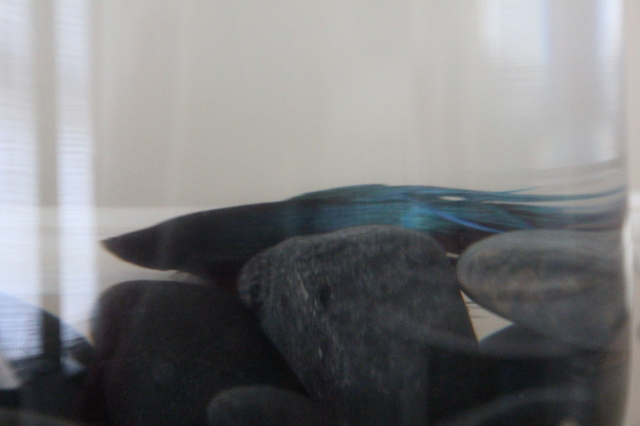 My Betta Fish
Question
the fish on the bottom
I got my fish from the
My Betta Fish
Question
the fish on the bottom
I got my fish from the
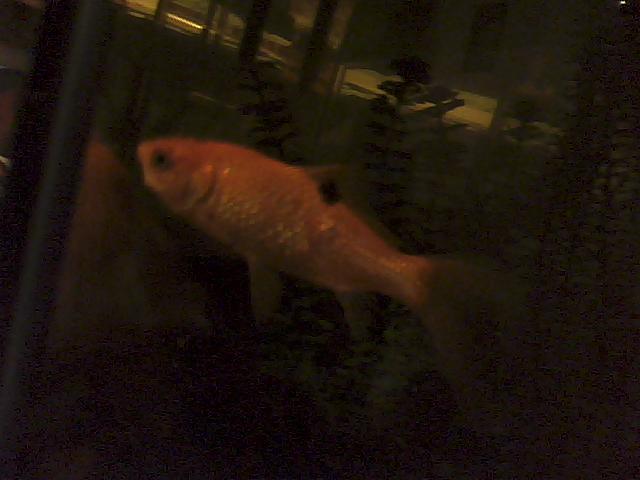 why is my fish dying?
QuestionQUESTION: Hi- my fish,Shrek, has been swi
why is my fish dying?
QuestionQUESTION: Hi- my fish,Shrek, has been swi
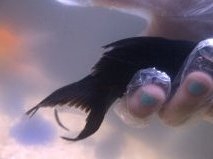 Black Moor with a Tail
Question
Black Moor Black Moor
Hi Jaymie,
Black Moor with a Tail
Question
Black Moor Black Moor
Hi Jaymie,
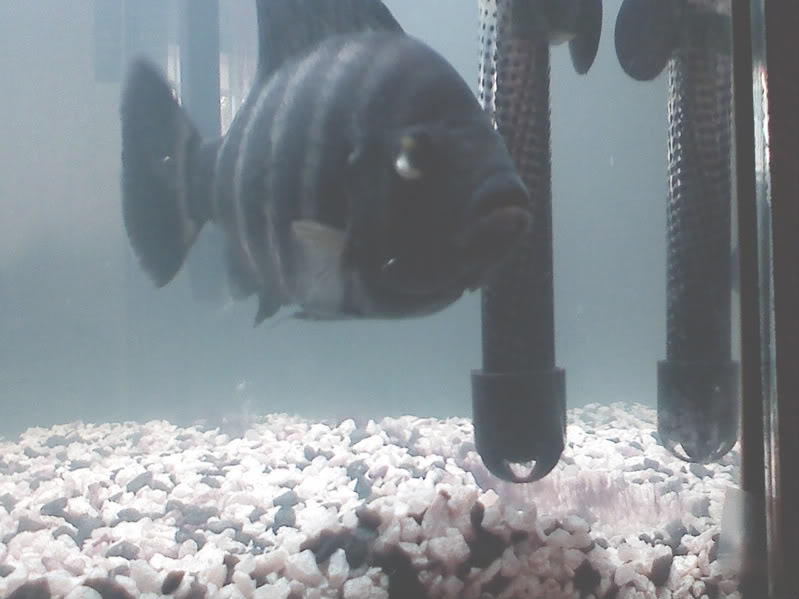 Eye Parasite?
QuestionQUESTION: I have a Buttikoferi in a 30 gallon t
Eye Parasite?
QuestionQUESTION: I have a Buttikoferi in a 30 gallon t
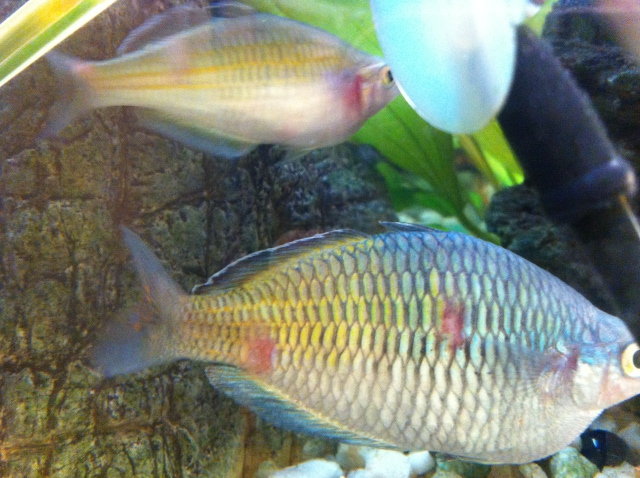 Columnaris/Costia?
QuestionBosmani with bumps
Scales missing
Columnaris/Costia?
QuestionBosmani with bumps
Scales missing